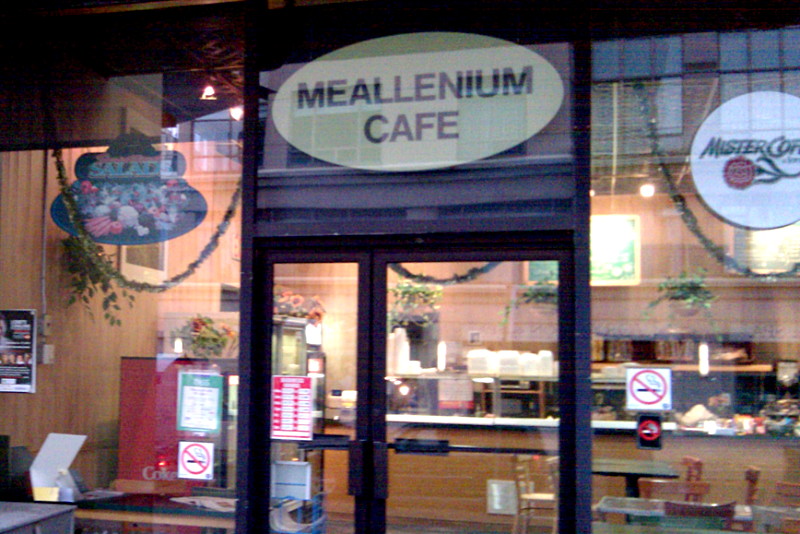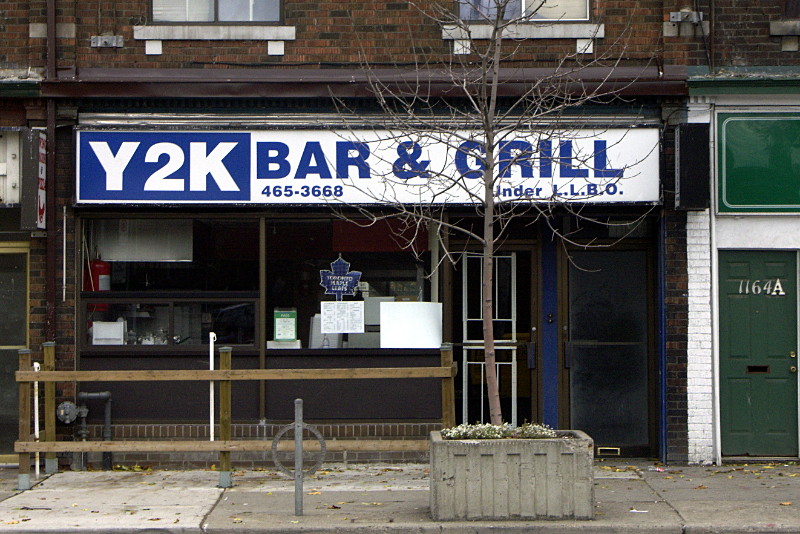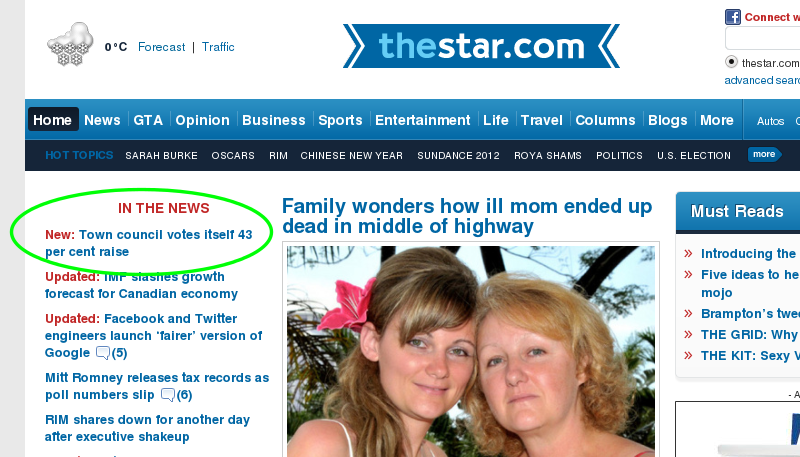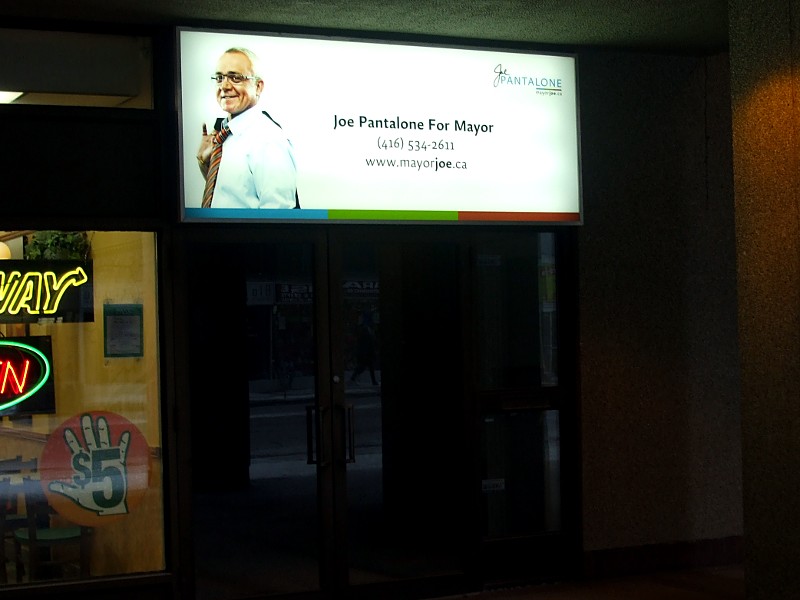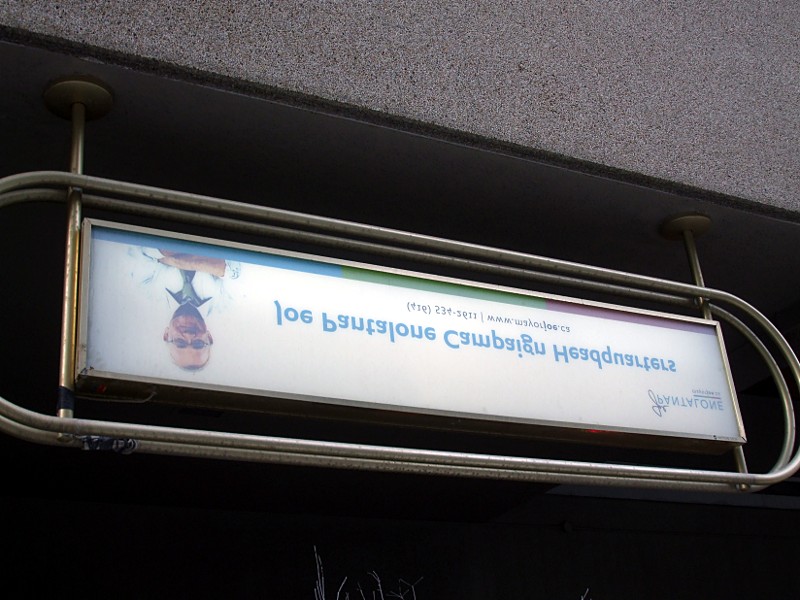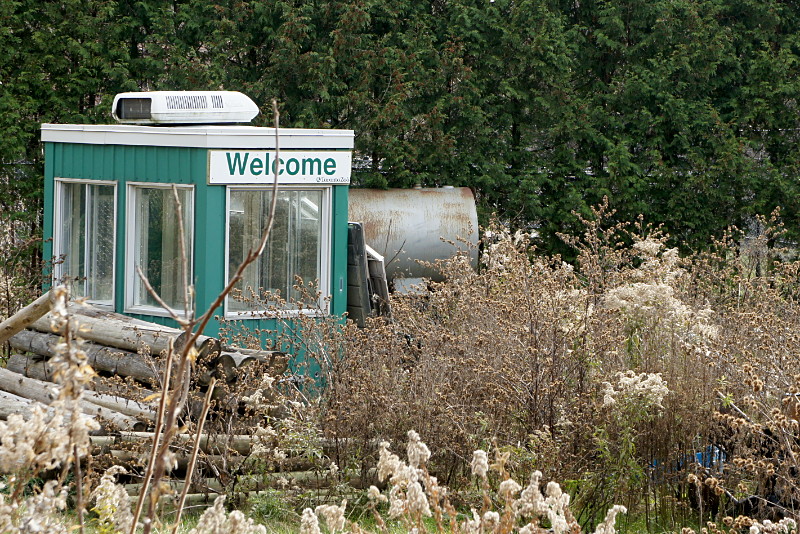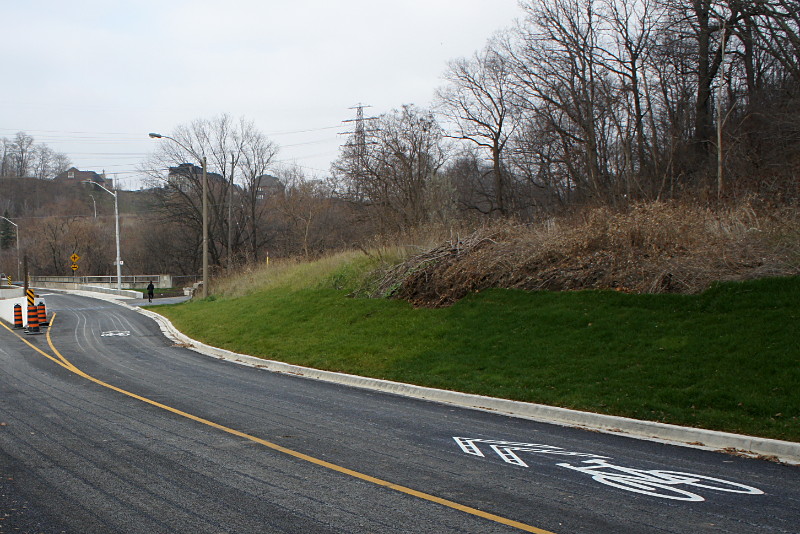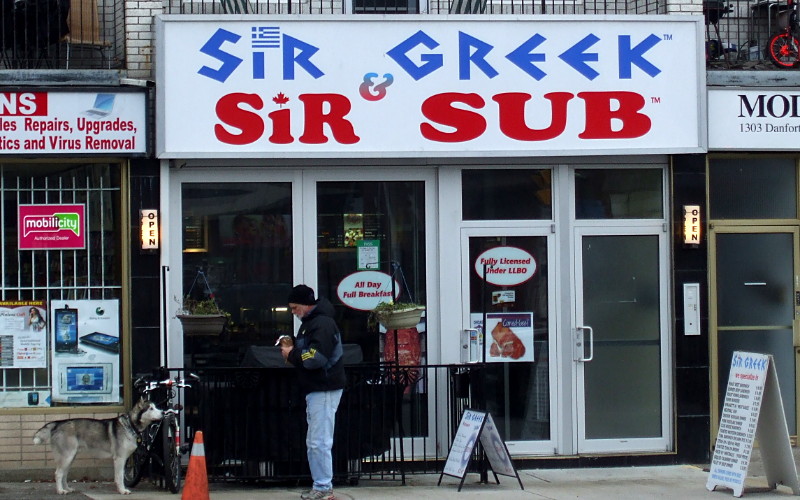It’s still early days but I’m going to go ahead and award restaurateur Tom Earl, co-owner of a restaurant that I will never patronize, the prize for boneheaded quote of the year for 2012. He was quoted in yesterday’s Star defending his restaurant’s standard tip rate of 20%, up from the usual 15%:
“We feel we are providing great service. Waiters don’t get paid too much.”
So Earl, owner of a business, feels that his underpaid employees deserve a raise. Good for him. Oh, wait, he expects me to pay them? What’s wrong with that picture? Shouldn’t the business owner be the one rewarding his valued employees?
I’ve been questioning the whole tipping convention over the last several years, especially as it grows outward to new businesses and services. I consider myself a pretty good tipper at sit-down restaurants. But tip jars have become ubiquitous on quick-service food counters, in doughnut shops, and at take-out windows. I always tip the pizza delivery guy, but why am I being prompted for a tip when picking up a slice to go? Should I be reading something into the fact that my change from a ten was two toonies and a loonie instead of a five? Am I really supposed to flip a little something to the guy at the coffee shop for handing me an empty cup that I have to fill myself? I get more service (and exact change) from that vending machine that slides a cold bottle of Coke down the chute and into my waiting hands. Why do I have to look at the stupid sign on the counter at the local gelato place informing me that “Tipping is sexy”? That may work on horny and naive teenaged boys, but I’m 42, jaded, and really don’t care what you think is sexy. What I do think whenever I see that sign is that you’re in the wrong business if you believe that my giving you money is sexy.
I tip my haircutter, even though she owns the business and is free to set a higher price if she feels she isn’t making a living wage. In fact, I think her price is way too low, so I top her up by almost 50%. But really, who am I to make that decision for her? Movers and taxi drivers, okay; but is that courier at my door rubbing his thumb and index finger together because he’s cold? Then get moving back to your truck!
The thing I dislike about tipping is that in the quarter of a century that I’ve been giving tips out of my own pocket, the very act of tipping has changed: where it used to be a reward, it’s now an expectation. It’s not a bonus, it’s part of an employee’s wages. It used to be that I thought I was rewarding someone for attention to service when I gave him or her a good tip. Now, I feel that I’m rewarding restaurant owners for failing to pay employees a living wage.
So if, as restaurateurs like Earl and countless workers contend, tips are an essential component of employees’ wages, why don’t we abandon the concept of the suggested/mandatory gratuity, get rid of the minimum wage exception for food service workers, and incorporate their higher wages into the base cost of a meal? Earl obviously knows how much his employees rely on tips and is even telling me how much he thinks I should top up their wages. So why doesn’t he just do it for me? I see two objections to getting rid of tips in favour of better base wages:
- Tipping encourages better service. I call bullshit. I may have been swayed by this argument when tipping was a reward, but in an era when tips are little more than semi-organized extortion, it no longer holds true. Besides, it’s not up to me to police your employees’ performance. As a good businessperson, you should be doing that yourself and rewarding them accordingly. In virtually no other business are employees’ wages and performance evaluations left to the whims of customers. In fact, in most other businesses, accepting money on the side from customers would range from unethical to illegal. What’s so special about restaurants that normal rules of business don’t apply?
- Restaurants can’t afford to pay higher wages. Again, I call bullshit. Restaurants choose not to include the full cost of employees’ wages in the advertised product cost, instead encouraging/forcing customers to make up the difference. But the cost to me is the same: at the end of the day, a $50 meal and $10 tip is indistiguishable from a $60 meal and no tip.
What’s needed here isn’t yet another bump in the “standard tip rate,” but a common-sense look at the outdated custom itself. In the meantime, I’ll continue tipping where it’s warranted and ignoring the proliferation of tip jars and “Tip Y/N?” prompts on debit terminals.



